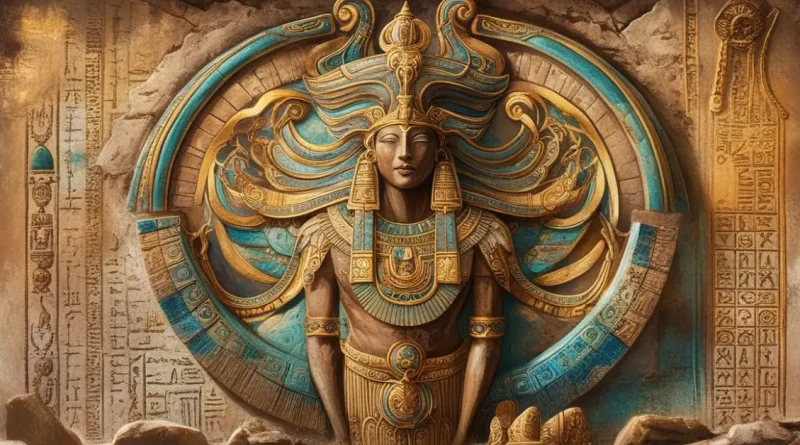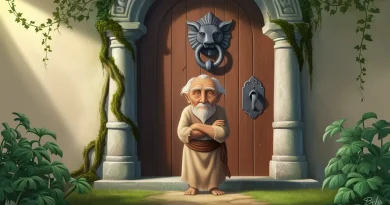Ancient Artz: How Early Civilizations Expressed Their World
Ancient artz has always been more than a visual treat; it’s the essence of human innovation and cultural expression. The legacy of ancient civilizations such as Mesopotamia, Egypt, Greece, and Rome reveals how creativity intertwined with everyday life, religion, and mythology. Through artistic expressions like cave paintings, sculptures, and grand architecture, these early works continue to shape our understanding of the past.
In this article, we dive into the artistry of ancient times, exploring its themes, techniques, and relevance today. With every stroke and chisel mark, ancient artists left behind not just beauty but a story that transcends generations.
The Language of Early Civilizations Through Art
The artistic traditions of ancient civilizations were as diverse as their cultures. Art in Mesopotamia often reflected societal hierarchy and divine authority, while Egyptian tomb art celebrated eternity. The Greeks emphasized balance and realism, and the Romans brought innovation through mosaic artistry.
Each civilization’s art provides a window into their beliefs, societal structures, and the materials they used. These artistic legacies, from Egyptian pyramids to Roman mosaics, are a testament to their enduring cultural significance.
Mythology: The Soul of Ancient Artz
In ancient civilizations, mythology was deeply woven into art. Greek mythology, for example, came alive in sculptures and pottery, portraying gods like Zeus and Athena or heroes such as Heracles. The Greeks used art to immortalize their myths, instilling values like courage and wisdom.
Similarly, Mesopotamian artists often included mythological depictions in their works, such as the epic tale of Gilgamesh. The Stele of Hammurabi not only outlined laws but also emphasized divine authority, showcasing gods like Shamash as arbiters of justice.
The Religious Connection in Artistic Masterpieces
Art was a central medium for religious expression in many ancient societies. Egyptian pyramids and tombs featured intricate carvings and paintings to ensure safe passage into the afterlife. Symbols like the ankh and scarab beetle were prominently used, representing life and rebirth.
In India, early Hindu and Buddhist carvings in places like the Ajanta caves illustrated sacred teachings. These intricate works not only conveyed spirituality but also served as tools for meditation and education.
Artistic Contributions from Around the World
The artistic achievements of ancient cultures spanned continents, showcasing diversity in themes, techniques, and materials. From Chinese calligraphy to the Terra-cotta Army, every region contributed uniquely to the tapestry of human creativity.
Egypt’s Eternal Monuments
Egyptian art is best known for its grand scale and spiritual depth. The Great Pyramid of Giza, built around 2560 BCE, remains one of the Seven Wonders of the Ancient World. Inside tombs, vivid wall paintings depicted the journey of the soul, while sculptures like the Sphinx symbolized power and protection.
The use of limestone, granite, and natural pigments gave Egyptian art its distinctive look, ensuring its legacy endures millennia.
Mesopotamian Art: The First Flourish of Civilization
Mesopotamia, often called the “Cradle of Civilization,” saw the earliest examples of organized artistic expression. Ziggurats, built as early as 2100 BCE, showcased their architectural ingenuity. Artifacts like the Stele of Hammurabi (c. 1754 BCE) combined law, religion, and art in one masterpiece.
| Artifact | Date (BCE) | Significance |
| Stele of Hammurabi | 1754 BCE | Earliest written legal code |
| Standard of Ur | 2600 BCE | Illustrates societal roles |
| Ishtar Gate | 575 BCE | Example of monumental architecture |
The Tools and Techniques of Ancient Artists
The creativity of ancient artists was matched by their innovative use of tools and materials. From chisels for stone carving to natural pigments for painting, every piece of ancient artz reflected the technology of its time.
Also Read: M0therearf: Revolutionizing the Future with Smart Innovation
Chisels, Dyes, and Bronze Tools
In the Stone Age, flint tools were essential for engraving. As civilizations advanced, the Bronze Age brought improved tools for sculpting marble statues and crafting metal artifacts. Artists used natural pigments derived from minerals and plants to create frescoes and pottery designs.
Mosaic Art and Early Architecture
The Romans mastered mosaic art, creating intricate patterns with small, colored stones. This technique adorned floors and walls, portraying scenes of daily life, mythology, and nature. Similarly, megalithic structures like Stonehenge revealed the architectural prowess of prehistoric societies.
Daily Life and Art: Reflections of Society
Art also served as a mirror of everyday life in ancient civilizations. From farming scenes in Mesopotamian carvings to Roman mosaics depicting lavish feasts, these works documented the rhythms of life.
Storytelling Through Artistic Themes
Roman mosaics often portrayed scenes of leisure, emphasizing the importance of social gatherings. In contrast, Chinese scroll paintings captured the beauty of natural landscapes, highlighting their spiritual connection to the environment.
Bullet Points: Common Artistic Themes in Ancient Art
- Agriculture: Farming and hunting scenes.
- Festivities: Banquets, music, and dance.
- Spirituality: Deities, temples, and rituals.
Why Ancient Art Still Resonates Today
The artistry of ancient times continues to inspire and educate. Modern architecture, for example, borrows heavily from Greek and Roman designs, while ancient myths still influence literature and film.
Inspiration for Modern Artists
Today’s creators look to ancient techniques, like fresco painting and sculptural realism, for inspiration. The harmonious proportions of the Parthenon, for instance, remain a gold standard in architectural design.
Preserving the Legacy
Preserving ancient art is a challenge. Climate change, urbanization, and looting threaten artifacts like the Terra-cotta Army and the pyramids. Efforts by archaeologists and historians are critical to safeguard this shared heritage.
| Site | Preservation Method | Current Status |
| Parthenon (Greece) | Restoration of marble | Ongoing |
| Terra-cotta Army | Controlled climate storage | Preserved |
| Ajanta Caves (India) | Restricted visitor access | Well-maintained |
Conclusion
Ancient artz is more than a relic of the past; it’s a legacy that connects us to the roots of human culture and creativity. By understanding the themes, techniques, and stories behind these masterpieces, we gain a deeper appreciation for their timeless significance. Ancient art reminds us of the power of creativity to transcend eras and inspire generations.
FAQs About Ancient Artz
Which ancient civilization created the most art?
Egypt and Mesopotamia are notable for their prolific artistic contributions, ranging from grand monuments to intricate carvings. However, each ancient civilization added its unique flavor to art history.
How is ancient art interpreted without written records?
Historians analyze symbols, materials, and cultural contexts to decode the meaning of ancient art. Archaeological findings often provide essential clues.
What are the oldest examples of ancient art?
Prehistoric cave paintings, such as those in Lascaux, France (c. 17,000 BCE), are among the earliest known artworks.
Why is it essential to preserve ancient art?
Preserving ancient art safeguards cultural heritage, ensuring future generations can study and appreciate humanity’s creative history.




